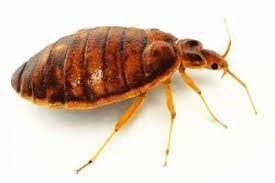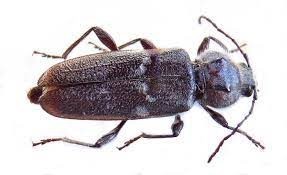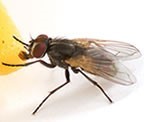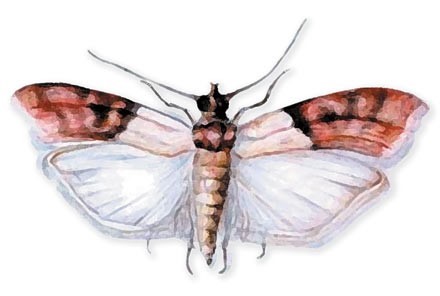Insect pests
Bedbugs (Cimex lec- tularius and Cimex hemipterus)
Description
Bed bugs are biting insects that feed on the blood of people while they sleep. If not exterminated, they reproduce and spread rapidly. They can have a very significant effect on people’s health and quality of life.

Life cycle
Adult females lay 2 to 5 eggs per day, or between 300 and 500 eggs in their lifetime.
Lifestyle
Bed bugs are most active at night. They live mainly in the bedroom. They flee from the light and take shelter in dark, narrow and inaccessible places.
Xylophagous ( Xúlon phageîn)
Description
They are insects that consume wood fibers and there are different species; the most known are termites, capricorns, wood borers, sirex and lyctus.

Life cycle
These insects have four stages of development: egg, larva, chrysalis (or pupa) and adult form. It is the larvae that feed on the wood during their development cycle, which can last from one to ten years – depending on the species.
Lifestyle
They move mainly at night or in dark places, because they flee from light. Wood-eating insects or wood-eating larvae cause significant damage to buildings by attacking the wood used in construction: frames, beams and floors. In the extreme, the building can collapse.
Housefly (Musca domestica)
Description
The housefly (Musca domestica), is the most common species of flies. It is called domestic although it is not a domestic animal, but it is an insect that willingly enters the houses (domus in Latin). This synanthropy makes it one of the most widely distributed insects in the world.
Adults are 5 to 8 mm long and average 7 mg in weight.

Life cycle
Each female can lay about 500 eggs, usually in 5 times with each time about 100 eggs deposited. The eggs are white and about 1.2 mm long.
The larva develops in 3 to 60 days, and the pupa in 3 to 28 days.
Lifestyle
It is found in almost all types of facilities.
Thrives in moist decaying plant material.
Flies are temperature dependent: generally, the warmer it is, the more flies develop.
Food Moth (Ephestia Kuehniella)
Description
Ephestia kuehniella, commonly known as the Flour Moth, Flour Moth, Gray Flour Moth or Kühn’s Moth, is a species of lepidoptera (butterfly) in the family Pyralidae. The food moth is a small butterfly, whose larvae feed on all kinds of food: flour in priority, rice, pasta, cereals, cookies, chocolate. This species of moth is different from the clothes moth.

Life cycle
The total length of the life cycle varies from 25 to 30 days. The laying – 200 to 300 white and elliptical eggs – begins just after mating. Then 4 days later, the larvae are born.
Lifestyle
It usually goes to dark and high places, often from the bottom to the top. The imago lives up to two weeks, it is sensitive to cold (but in winter, it remains alive until -10 or -15 C° in hibernation, until the return of spring and positive temperatures).
